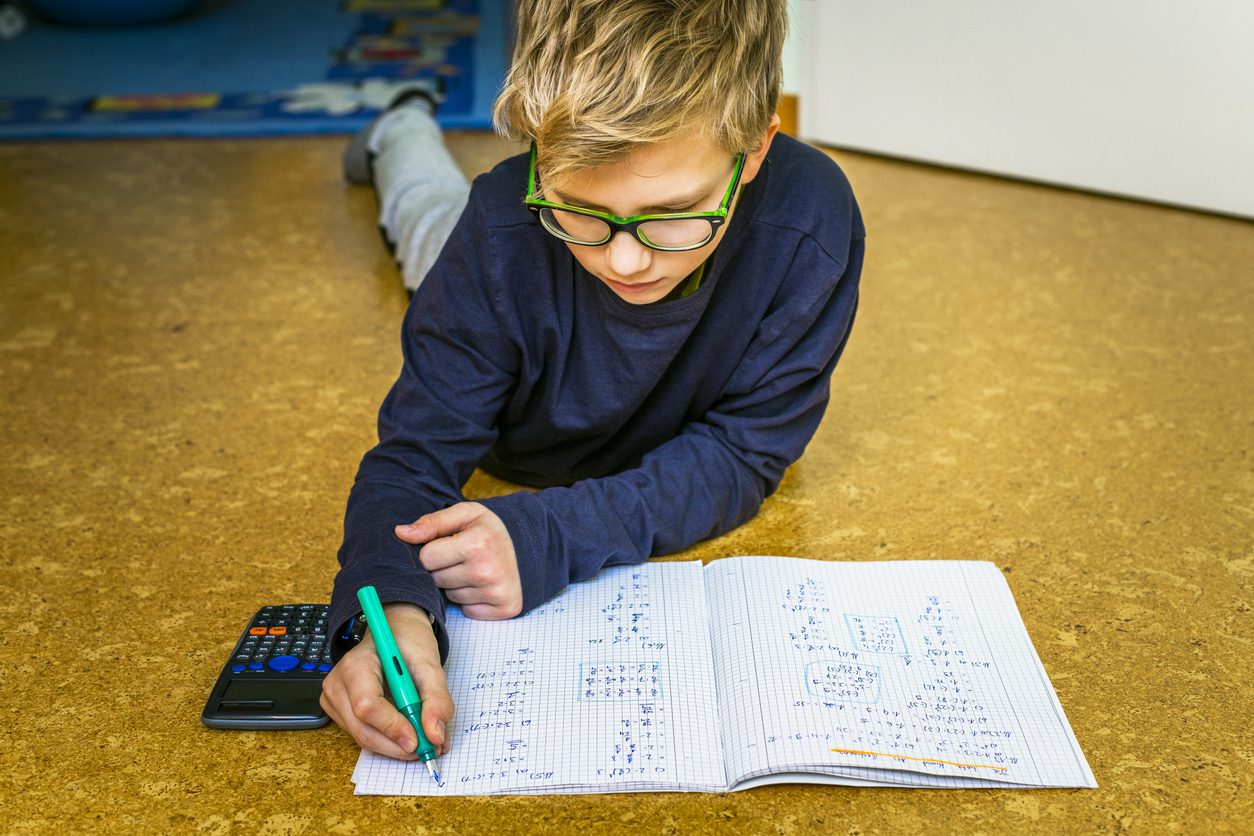Mnemonics are wonderful educational tools that can help us to memorize and recall information. Check out these fun and creative mnemonics for young learners!
What are mnemonic devices?
When most people think of mnemonics, they’re referring to acronyms – a series of letters that stand for larger words. The names of organizations like NASA are acronyms, as the letters themselves stand for the National Aeronautics and Space Administration. However, mnemonics can also come in other forms!
Rhyming words and phrases are another popular mnemonic device. The all-time classic “I before e except after c” is a rhyming mnemonic device, and these can be extremely helpful for students when memorizing rules and guidelines.
What should mnemonics be used for?
Mnemonics do have some limitations – memorization tools can help to recall information, but won’t provide a deeper understanding. Furthermore, the rules of a mnemonic may not always apply consistently. Take the above example – although “I before e except after c” certainly applies for many words in the English language, there are also countless examples where this rule simply isn’t valid. You might even say that mnemonics aren’t always an exact science (a word that, coincidentally, does not follow the above rule).
When it comes down to it, mnemonics should be used as a supplemental learning tool. Think of it this way: mnemonic devices can be of great benefit to students when first being introduced to a topic that requires foundational information, but shouldn’t be relied upon for deeper meaning or clarity. In other words, mnemonics can help students to memorize the colors of the rainbow, but they won’t explain why the rainbow contains the colors it does.
Fun and creative mnemonics for young learners
- The colors of the rainbow. As many parents will probably remember, ROYGBIV is a time-tested mnemonic device for remembering the colors and order of the rainbow: red, orange, yellow, green, blue, indigo, and violet. Younger students often prefer remembering the acronym as a person’s name, Roy G. Biv. In some regions, the mnemonic is even taught as a complete sentence: “Richard of York gave battle in vain.”
- The planets. Younger students are often introduced to the planets of our solar system in elementary school, and there are several helpful mnemonic devices to help remember them! The classic version is a man’s name, “Mr. Vem J. Sun.” The title “Mr.” represents the planet Mercury, and the following letters each correspond with a planet: Venus, Earth, Mars, Jupiter, Saturn, Uranus, and Neptune. For students who prefer phrases and sentences, “My Very Educated Mother Just Served Us Nachos” is another one of our favorites! For those wondering – Pluto was reclassified as a dwarf planet in 2006, but many teachers still include it in their lessons. In this case, simply add a period representing Pluto to the end of “Mr. Vem J. Sun.” Alternatively, the expression “My Very Educated Mother Just Served Us Nine Pizzas” continues to be very popular!
- Mathematical order of operations. Students are likely to be introduced to multi-step math, or problems that involve using several mathematical approaches in tandem (addition, subtraction, division, etc.), around the 5th or 6th grade level. In order to obtain the correct solution to these types of problems, students must know the proper order to approach each step. The tried-and-true acronym for this is PEMDAS, which helps students remember the correct order of operations: parentheses, exponents, multiplication, division, addition, and subtraction.




